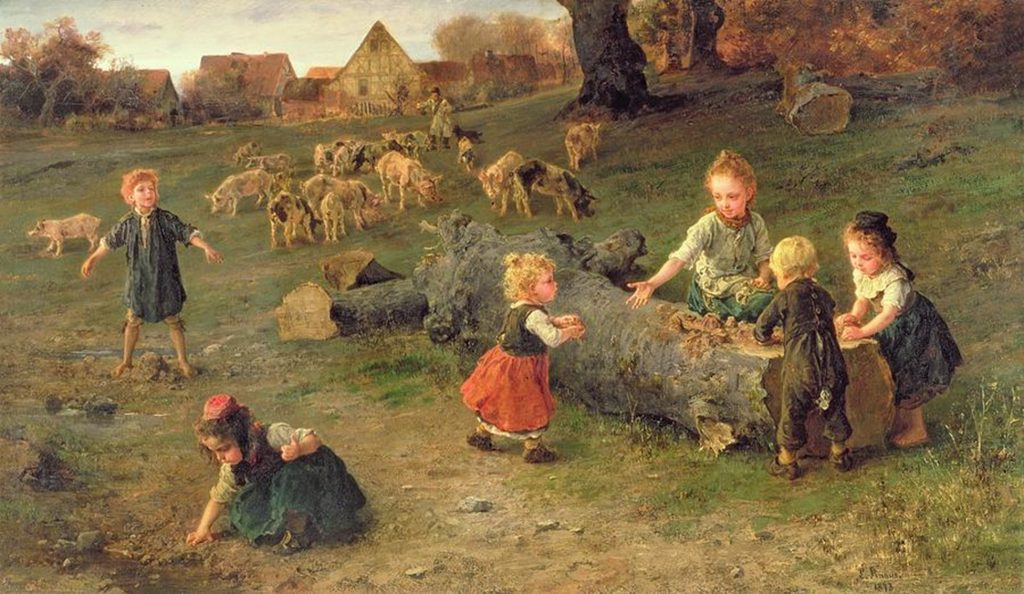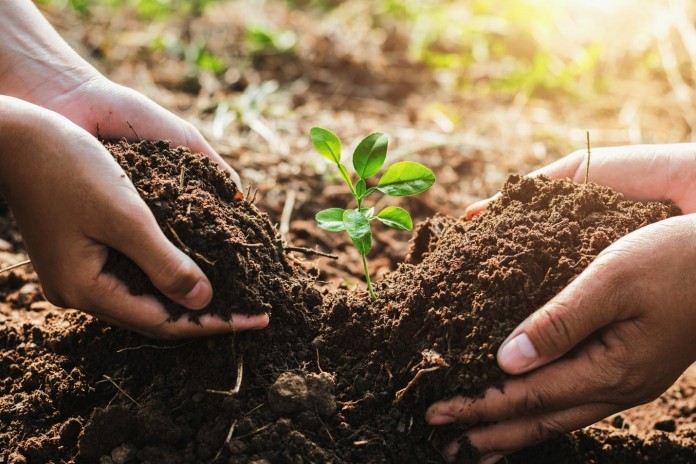The secret to a successful garden stems from the ground up. You have to have good dirt. So, are you ready to get your hands dirty? There are several different factors to consider for good soil. The best, and overall least expensive method to determine the quality of your soil is to have your soil evaluated by professionals. Contact the Garfield County OSU Extension Office at 580-237-1228 to get specific information about sampling and testing your soil. Testing costs about $10 and will save you time and money selecting fertilizers and conditioners for your soil. Then it becomes a simple matter of maintaining quality dirt for a quality garden or lawn.
The three key macronutrients to healthy soil are Nitrogen, Phosphorus, and Potassium. If chemistry is not your strongest skill set, fear not. Most lawns and gardens need to supplement only one or two of these, yet most common fertilizers are made up of all three. While bringing one nutrient up to needed levels, it is possible to over-fertilize the other two. A soil test and proper selection of fertilizer can prevent costly mistakes. When you have your soil tested, recommendations are made for supplementing your dirt properly. A good ratio of one part nitrogen, two parts phosphorus and five parts potassium (N:P2:K5) is the best generic nutritional balance. If you are building raised bed and starting with fresh soil, ensure the balance of the soil has all three of these key nutrients by reading the label on the bag before purchasing your dirt.

The texture and structure of your soil are as important as the nutrients in the soil. Nutrition does little good if it is unable to reach your plant. Soil particles are divided into sand, silt, and clay-based on the size of the particles. Too much sand allows for fast drainage and has low water and nutrient holding capacity. Clay soils have high water and nutrient holding capacity but drain slowly. Silt adds an organic component that helps to balance the density of the soil. Having all three particulate sizes in the right proportions are called loamy soils. These are ideal soil structures for water-holding capacity, aeration (oxygen), and rate of release of nutrients. How these clump together determines the structure of your soil. The best structure for plant growth is granular dirt.
Take some time to play in the dirt this month. As you begin planting this month and next, you will be glad you took the time to prepare the foundations for a healthy yard and garden. Next month we will look at maintaining the quality of your soil through composting and mulching. In the meantime, I highly recommend reading ”Composting: Nourishing the Soil” by Liz Ball and illustrated by Jim Anderson. It is available at Enid Public Library. Also, check out the Oklahoma Cooperative Extension Service fact sheet HLA-6004 from February 2021 called “Oklahoma Garden Planning Guide.” It is available through the extension office and by downloading from https://extension.okstate.edu/fact-sheets/oklahoma-garden-planning-guide.html.






